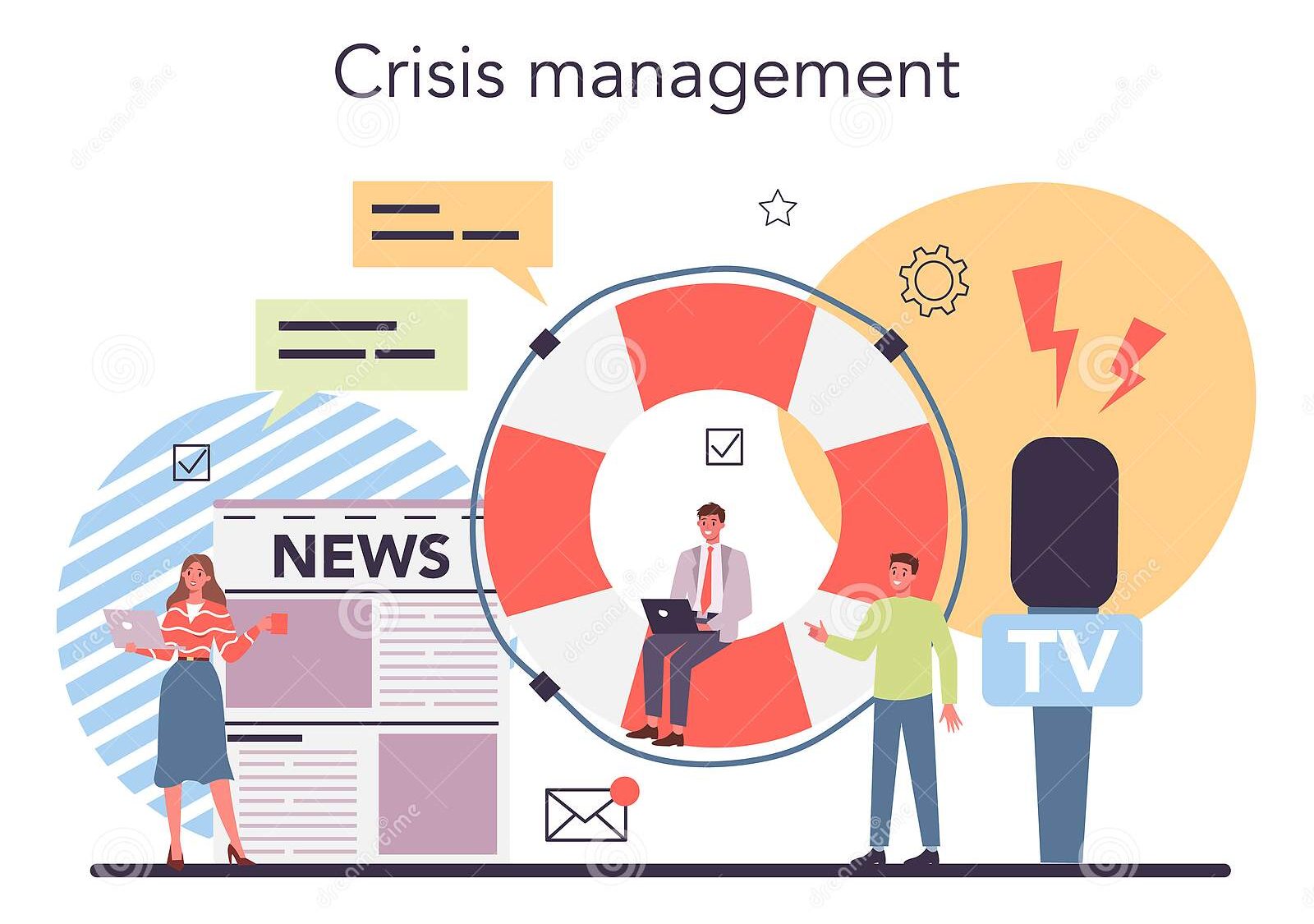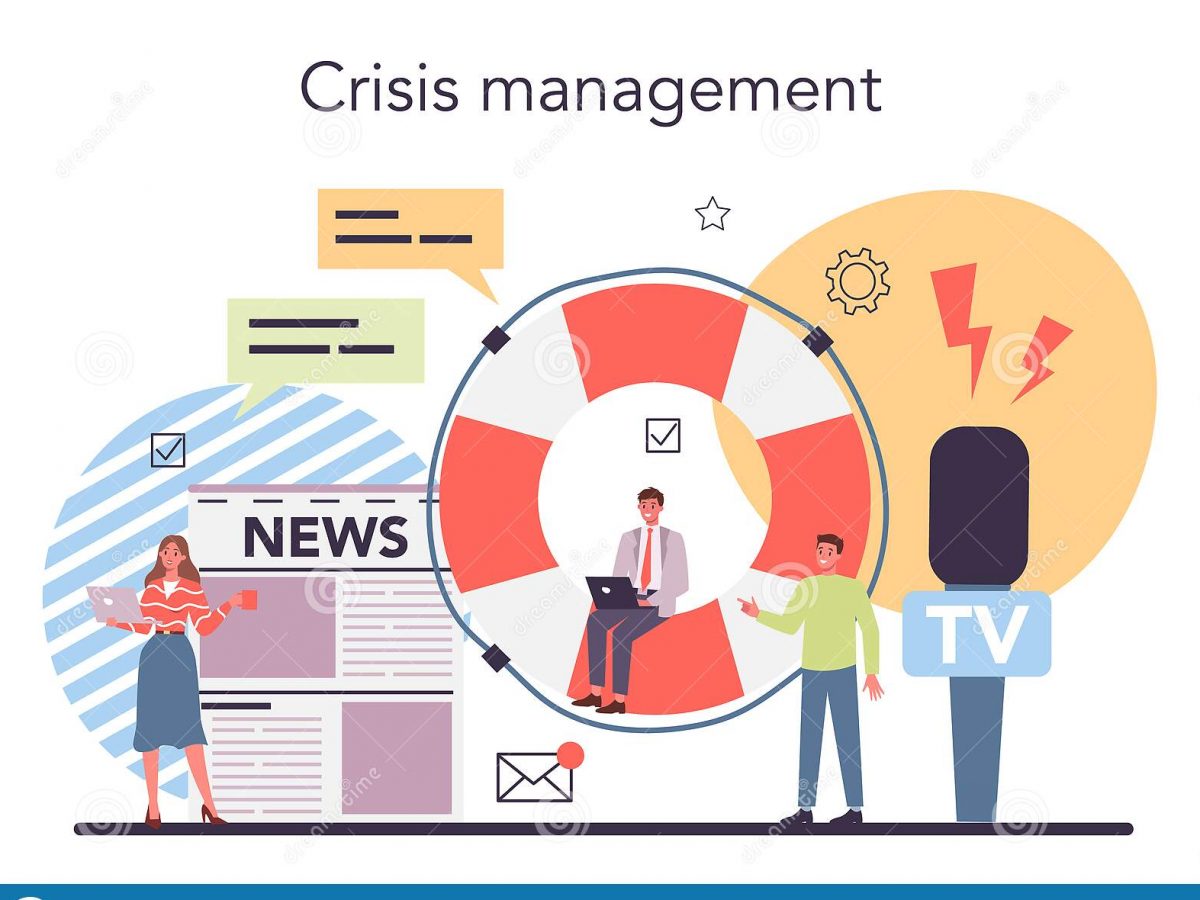Identification & Classification Of Risk Events During A Crisis Scenario
The Hierarchy of Events describes the Four Levels of Incident Escalation comprising of Standard Incident, Routine Emergency, Major Incident and Crisis. An Incident is an occurrence arising out of, or in the course of, work that could or does result in injury/ill health/damage. An incident is an occurrence or event that causes disturbance to normal operations.
Standard Incident is an event impacting on a local scale which is occurred for a limited duration of time and has the organization has the necessary resources to mitigate and treat the threat and has clear response management. It can be dealt with by on-site/local personnel and resources. Standard Operating Procedures (SOP) is used to exercise during Standard Incidents.
A Routine Emergency is an event causing a significant impact to the organization limiting to a localized event and the organization can completely manage the situation with clearly defined response management plans. It is a hazardous occurrence that requires immediate action to limit the extent, duration or consequences. Business Continuity Plan (BCP) is used to exercise during Routine Emergencies. Emergency Management is the direct management of the response to the incident and will have as its short-term priorities the preservation of life, protection of property and the prevention of escalation.
Major Incident is an Event or occurrence resulting in injury and damage impacting the environment and surroundings involving multi-agency response management causing widespread and prolonged disruption or impact and has loosely structured responses. It may be mainly dealt with local but requires the involvement of wider support and external response agencies within the host country. A Major Incident is mitigated and treated by exercising the Crisis Risk Management Process & Plan.
A crisis is an intense, unexpected and unstable state that disrupts normal operations has highly undesirable outcomes and requires out-of-the-ordinary measures to restore order and normality. They are extreme disruptive incidents with immediately obvious strategic implications. It threatens disruption of the business whose wider implications can no longer be controlled locally by local management. Crises arise from unidentified risks or risks not identified with the scale and intensity presented. They are considered unpredictable and complex situations that threaten the reputation or existence of organizations.
There are various significant indicators of organizational weaknesses that could lead to a full-blown crisis where the main cause is communication involving the transfer of complex information under pressure between multiple stakeholders. Clear and authoritative direction is required by strategic leadership with clear and coherent communications. Another indicator is the Crisis Management Strategies which should reflect the organization’s objectives and core values. Another indicator of organization weakness is flexibility where successful crisis risk management requires flexibility and creativity and involves stepping outside normal organization/business environment.
The fail-points associated with organizational complexity is the failure to manage the risk and crisis management at any of the levels can affect the entire response management function. Another fail-point is that timely response to a crisis is critical. Organizations should be effective in avoiding or mitigating threats and should be alert to the possibility of failure and lack of complacency in their ability to avoid the crisis. Organizations should be aware of the complexities and inherent risks in their business and address these in strategies, plans and operations.
References
- Anon, 2017. National Risk Register of Civil Emergencies: 2017 edition, London: Cabinet Office.
- Disaster Management Facility, World Bank (2000). Investing in prevention : a special report on disaster risk management. Washington, D.C.: World Bank.
- org. (2021). [online] Available at: https://www.iso.org/obp/ui/#iso:std:iso:22301:ed-2:v1:en.
- Leitch, M. (2010). ISO 31000:2009-The New International Standard on Risk Management. Risk Analysis, 30(6), pp.887–892.
- The Federal Emergency Management Agency (FEMA) (2013). Crisis Response and Disaster Resilience 2030. The Federal Emergency Management Agency (FEMA).
Written By: Kartik Unnikrishnan – Student Risk Committee Member, IRM India Affiliate











[…] risk identification method involves a strategy for identifying, recognizing, and describing risks that may aid or […]